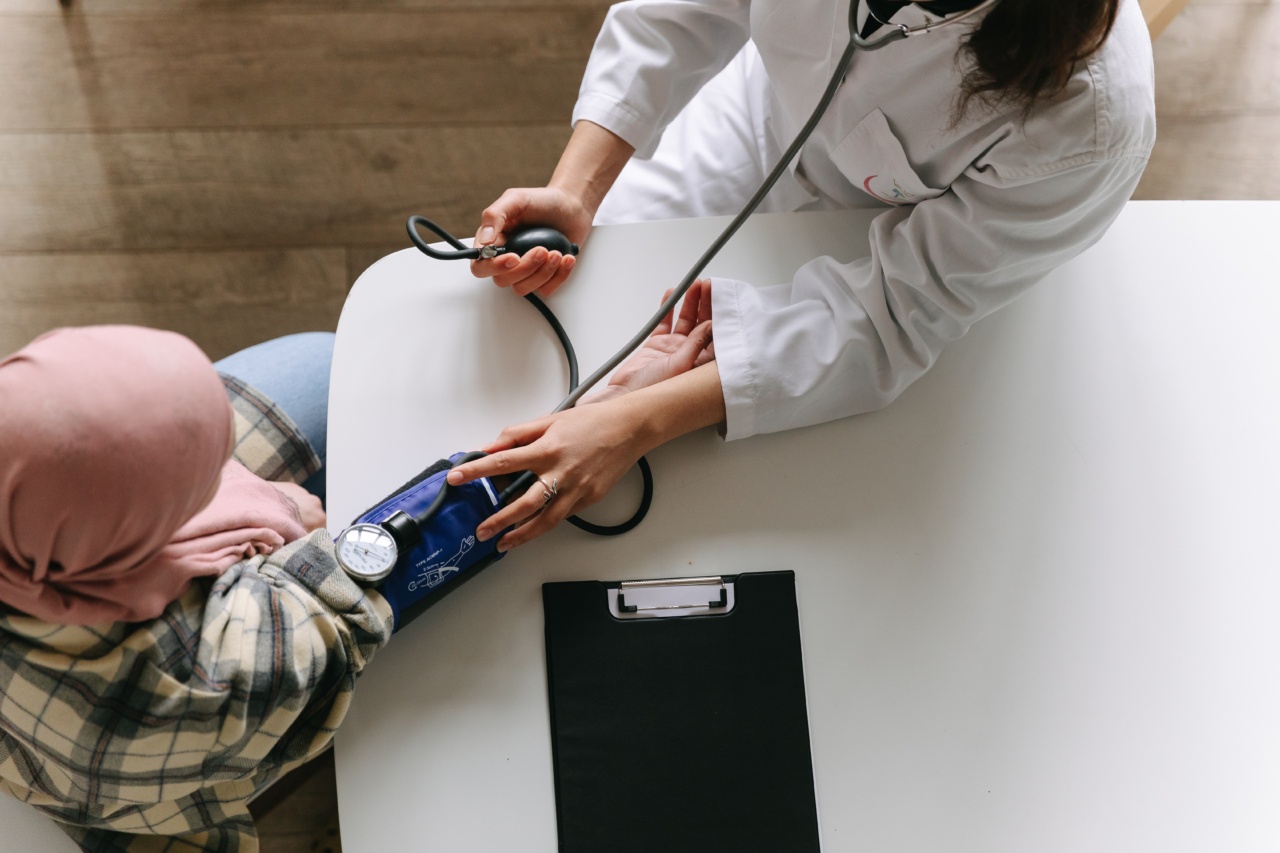Running, jogging, or any form of brisk exercise that gets your heart pumping is great for improving your overall health, but did you know that it can also help reduce your risk of developing life-threatening diseases like cancer, high blood pressure, and high cholesterol levels?.
Lower Cholesterol with a Regular Exercise Routine
One of the most common health problems affecting people nowadays is high cholesterol. A buildup of plaque on the inner walls of the arteries can lead to heart attack or stroke.
Fortunately, you can help lower your cholesterol levels by getting regular exercise.
Moderate or vigorous exercise can help increase high-density lipoprotein (HDL) levels, the good cholesterol that helps remove harmful cholesterol from the blood, and decrease low-density lipoprotein (LDL) levels, the bad cholesterol that puts you at risk of developing heart disease.
Healthy Blood Pressure Through Regular Exercise
High blood pressure is another common health problem that can lead to stroke, heart disease, or kidney damage. The good news is that you can help control your blood pressure by incorporating regular exercise into your daily routine.
Aerobic or cardio exercise like running, swimming, or cycling is great for strengthening your heart and improving blood flow, which can help lower your blood pressure and keep it within a healthy range.
Lower Your Risk of Cancer with Exercise
Cancer is perhaps one of the most dreaded diseases, and it can affect anyone at any age. While there’s no surefire way to prevent cancer, you can reduce your risk of developing the disease by getting regular exercise.
Studies show that physical activity and exercise can help reduce the risk of several types of cancers, including colon cancer, breast cancer, and lung cancer.
How Exercise Helps Fight Cancer
Research shows that exercise can help prevent or slow down the growth of cancer cells in the body by boosting the immune system and reducing inflammation.
Exercise also helps regulate hormones that can increase the risk of developing certain cancers, such as breast and colon cancer. Furthermore, maintaining a healthy weight through exercise can also reduce the risk of cancer, as excess body fat can promote the growth of cancer cells.
Other Health Benefits of Exercise
Aside from reducing the risk of life-threatening diseases like cancer, high blood pressure, and high cholesterol levels, exercise also offers a host of other health benefits.
Regular physical activity can help boost your mood, reduce feelings of stress and anxiety, and improve your quality of sleep. Exercise can also help improve your balance and coordination, which can help reduce the risk of falls and injuries, especially in older adults.
How to Get Started with an Exercise Routine
Getting started with regular exercise can be challenging, especially if you’re new to it or have been inactive for a while.
However, with the right mindset and a few helpful tips, anyone can start and sustain an exercise routine that works for them.
Begin by setting realistic goals and creating a workout plan that fits into your schedule and lifestyle. You don’t have to run a marathon or lift heavy weights to get the health benefits of exercise.
Start with simple, low-intensity workouts, and gradually increase the duration and intensity as you get stronger and fitter.
Make sure to choose activities that you enjoy, whether it’s dancing, hiking, swimming, or playing a sport. When you like what you’re doing, you’re more likely to stick with it and enjoy the process, rather than just the results.
The Bottom Line
Regular exercise is essential for maintaining good physical and mental health. It can help reduce your risk of developing life-threatening diseases like cancer, high blood pressure, and high cholesterol levels.
Stay active, eat a healthy diet, and incorporate other healthy habits into your lifestyle, and you’ll enjoy a better quality of life, no matter what your age or fitness level.































